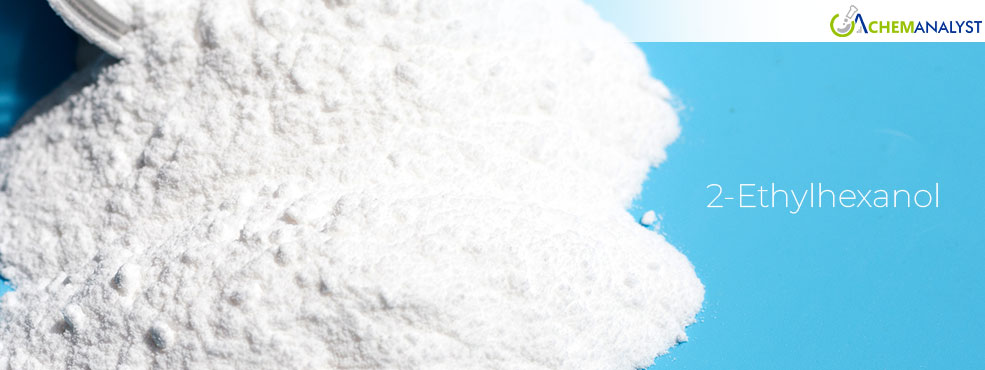Welcome To ChemAnalyst

In late May 2025, the global 2-EH (2-Ethylhexanol) market exhibited significant diverging price movements, with prices declining across North America and Europe, while showing a modest recovery in Asia. This divergence was primarily driven by regional variations in supply fundamentals and weak downstream demand from sectors like paints, coatings, and plasticizers.
Across the Asian market, 2-EH prices recorded a slight uptick, supported by tightening supply conditions. Domestic operating rates among 2-EH producers in China declined by approximately 3% on a week-on-week basis, consequently limiting spot market availability. Moreover, inventory levels at supplier warehouses were notably low, as earlier shipments had been sold at discounted prices which resulted in suppliers witnessing a dearth of inventories at the warehouses during this week of May 2025.
However, the demand outlook in Asia remained fragile. According to China’s National Bureau of Statistics (NBS), new home prices were flat in April compared to March, continuing a nearly two-year stagnation. New home prices declined by 4%, while resale home prices fell across all city tiers. Property investment dropped 10.3% YoY, and sales declined by 2.8%. These indicators pointed to sustained weakness in the construction sector, limiting downstream demand for 2-EH-based derivatives such as plasticizers and coatings.
Across the North American market, 2-EH prices fell by approximately 5% due to lackluster export demand and domestic oversupply. Export orders from Mexico and Canada remained muted, and market participants reported inventory accumulation at key gulf ports. According to American Chemistry Council, U.S. chemical railcar loadings dropped by 6% to 32,329 during the week ending May 9 before rebounding by 2.4% to 33,113 for the week ending May 16. This signaled ongoing logistical constraints and distribution challenges in the 2-EH value chain.
Domestic demand for 2-EH in the U.S. also remained underwhelming. Housing starts rose by 1.6% in April to 1.36 million annualized units, following an 11% decline in March. This rebound was largely driven by the multi-family housing segment, which surged by 10.7%, while the single-family segment declined by 2.1%. This continued softness in construction activity limited growth in 2-EH demand from paints and plasticizers.
Across Europe, 2-EH prices dropped by approximately 5.7% during late May. Feedstock Propylene prices declined by nearly 5% as well. Despite the lower input costs, demand for 2-EH remained sluggish. The “coatings season” failed to stimulate demand in Europe, with several market participants questioning its continued relevance. This downturn discouraged 2-EH procurement across downstream segments. Moreover, exports to Turkey were constrained, as buyers preferred competitively priced U.S. and Asian-origin cargoes over European material.
Logistical disruptions further complicated European exports. Congestion at Hamburg and Bremerhaven terminals remained elevated, and the Pentecost holiday period contributed to a vessel backlog. Although terminal operations remained normal, transit delays persisted, impeding outbound shipments of 2-EH.
We use cookies to deliver the best possible experience on our website. To learn more, visit our Privacy Policy. By continuing to use this site or by closing this box, you consent to our use of cookies. More info.
